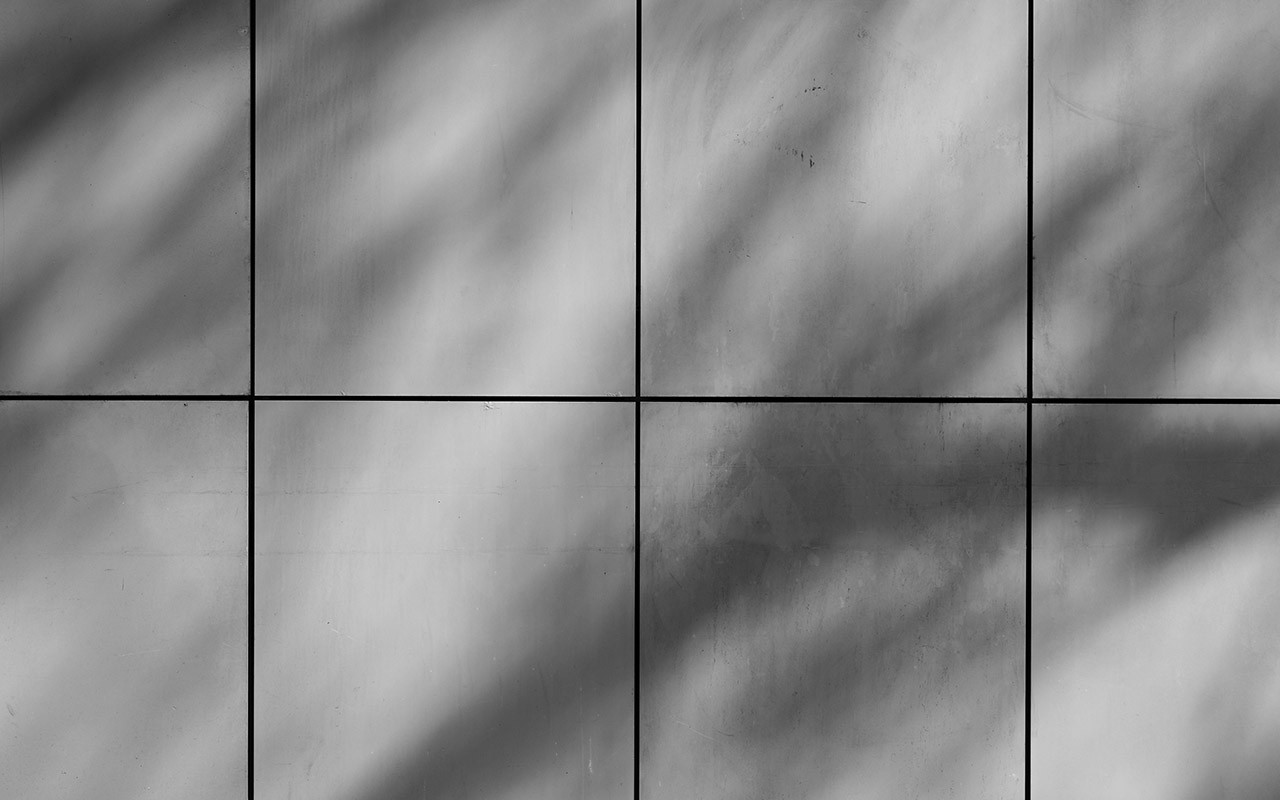Planning ahead is vital for any home remodel project. It’s wise to determine how many tiles you’ll need for a project before you shop for materials. Whether you’re retiling your bathroom wall or installing new flooring in your kitchen, this is a crucial first step. The last thing you need when in the middle of a remodel project is to realize that you didn’t buy enough tiles. Luckily, the process for determining how many tiles you need is the same regardless of the surface.
Determine How Many Tiles You Need
Follow these steps to find out how many tiles you’ll need to buy for your home remodel project.
Step 1: Measure the Area
First things first, measure the area where you’re planning on installing the tile. This process will look a little different depending on the shape of the area.
Square or rectangular areas such as a wall or floor are fairly easy to measure out. Simply multiply the length by the width to get the area. Be sure to convert the dimensions into a whole number by dividing the number of inches by 12 and adding that as a decimal (i.e. 5 feet 3 inches becomes 5.25). If the area isn’t a whole number after you calculate it, round up to the nearest foot.
Rounder areas will require a different approach. You’ll need to square the radius (half of the diameter. That’s the straight line passing through the middle of a circle.) and multiply by 3.14. For instance, the area of a round surface with a diameter of 40 feet would be 1,256 square feet (20 x 20 x 3.14).
Irregularly shaped areas should be divided into shapes. For instance, if you’re retiling an L-shaped floor, divide it into two separate rectangles and calculate the area from there. Total the complete area by adding the two areas together. So if you have one area that is 2 x 4 and another that is 6 x 4 the total area would be 32 square feet ( (2 x 4) + (6 x 4) = 32).
Step 2: Determine the Number of Tiles
Now that you have the area calculated, you can determine how many tiles you’ll need. This part of the process will vary depending on whether your tiles are sold by the box or by the tile. Boxes are more common for standard-sized walls or floors while individual tiles are used when working on smaller floors or walls.
Tiles sold by the box specify the total square footage that the tiles in the box will cover. There’s no need to factor in the size of the individual tiles, the box already lists the total square footage of the tiles included. So say you’re tiling a 100 square foot area and each box contains 20 square feet of tile. You’ll need to get 50 boxes of tiles (100 feet / 20 feet).
Tiles sold individually are sized by the area of the one tile. In order to determine the number of tiles you’ll need, divide the area of the room by the area of a single tile. The only tricky part about individual tiles is that their dimensions are often in inches. You’ll need to divide the area in square inches by 144 to convert it to square feet. From there you can divide the area of the room by this figure. Say you choose 6-inch x 6-inch tiles. Each of these will cover .25 square feet (36 square inches / 144).
Step 3: Be Sure to Factor in Extra
It’s a bad idea to buy the bare minimum of tile necessary for a project. You never know what might happen. Tiles may break on their way to you or during the remodeling process. You may even need replacement tiles down the road. If your tiles get discontinued, you’ll be in trouble if you don’t have spares on hand. It’s a good rule of thumb to buy at least 10 percent more tiles than the area of your project surface. If you’re aiming for a more intricate pattern such as herringbone get 20 percent more.
Final Thoughts
Here are some final tips for you when taking on a tiling project:
- If you’re having trouble figuring out the number of tiles you need for a project, try a tile calculator.
- Walls are hardly ever going to be completely straight or square. Don’t start a line of tile against a wall. The strip along a wall will likely need to be trimmed.
- Remember to factor in the grout lines too.
- Larger tiles will have more waste.
- Call Forge & Bow if you need professional help with tiling!



